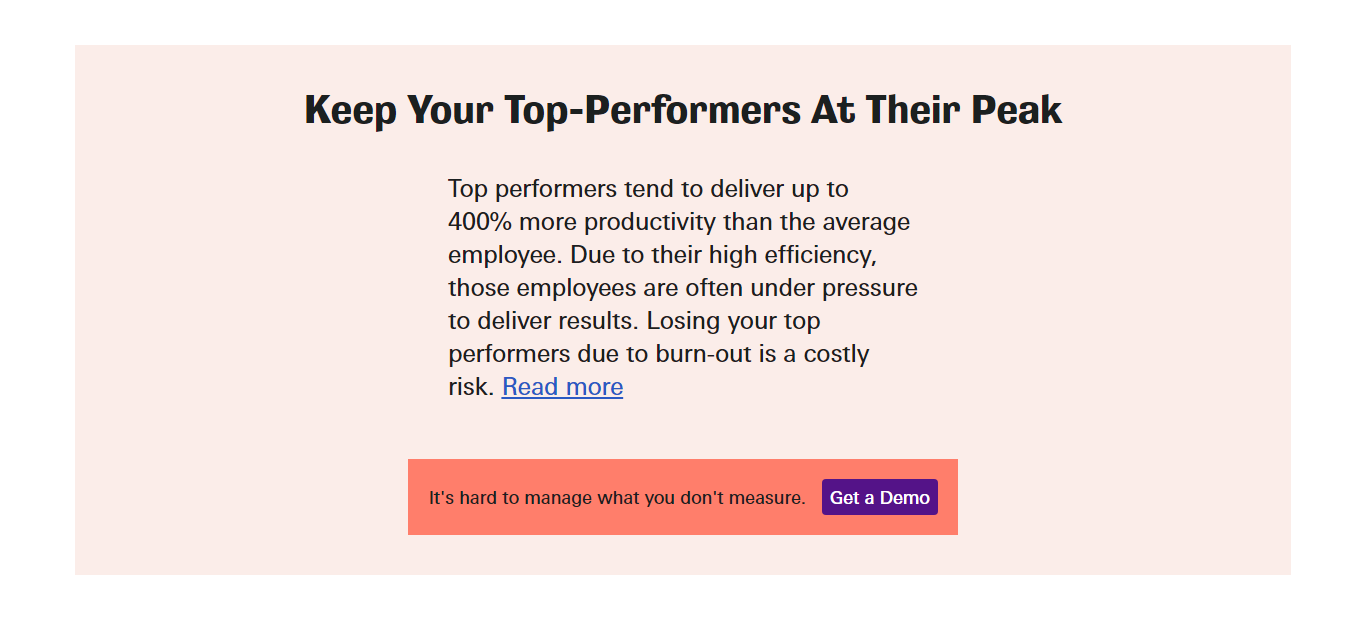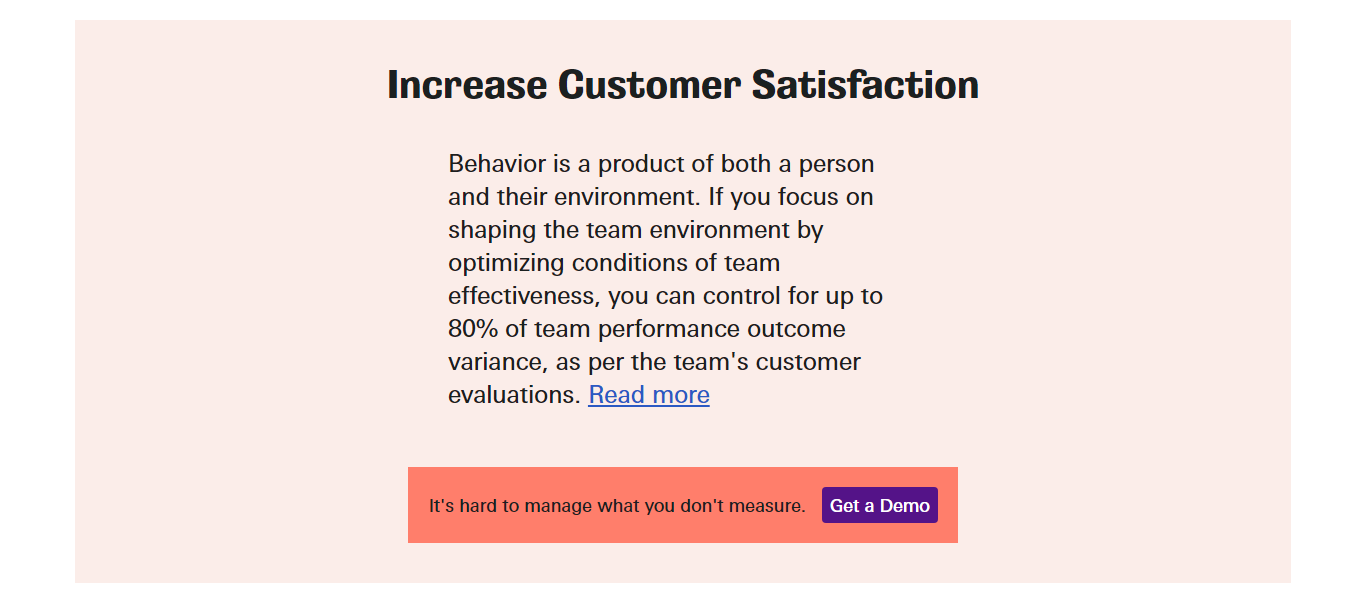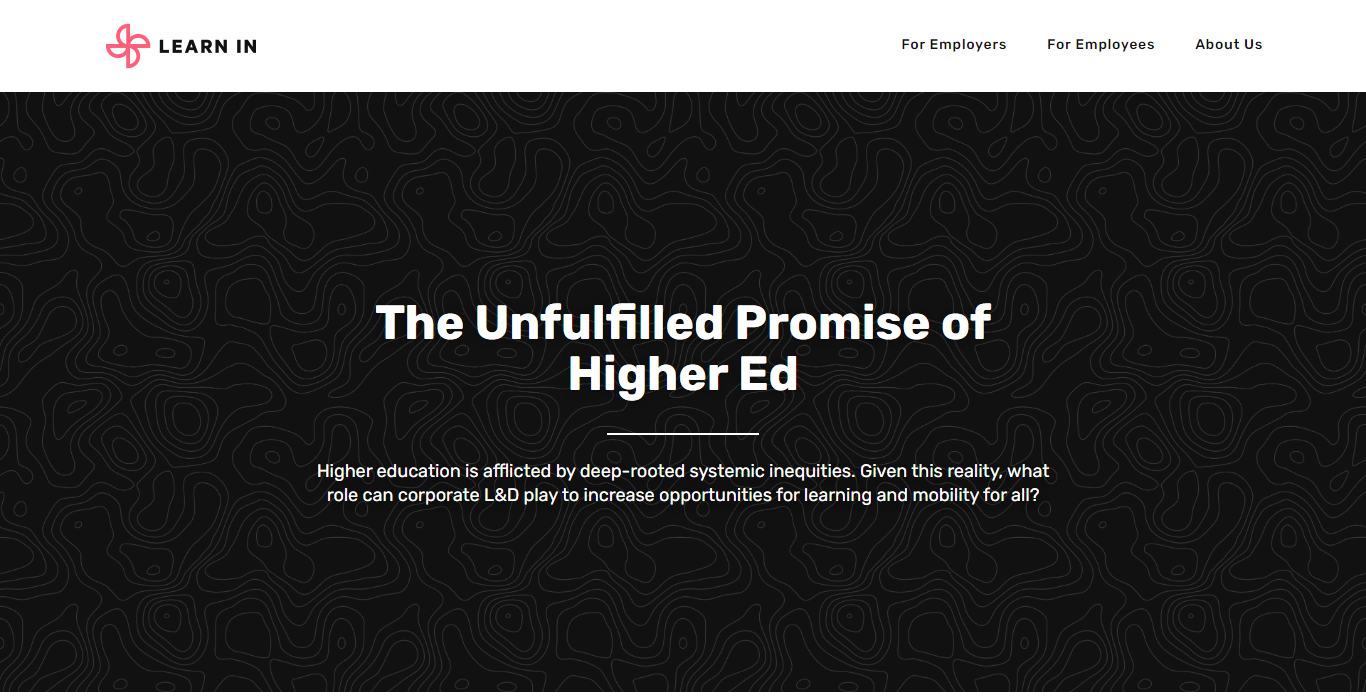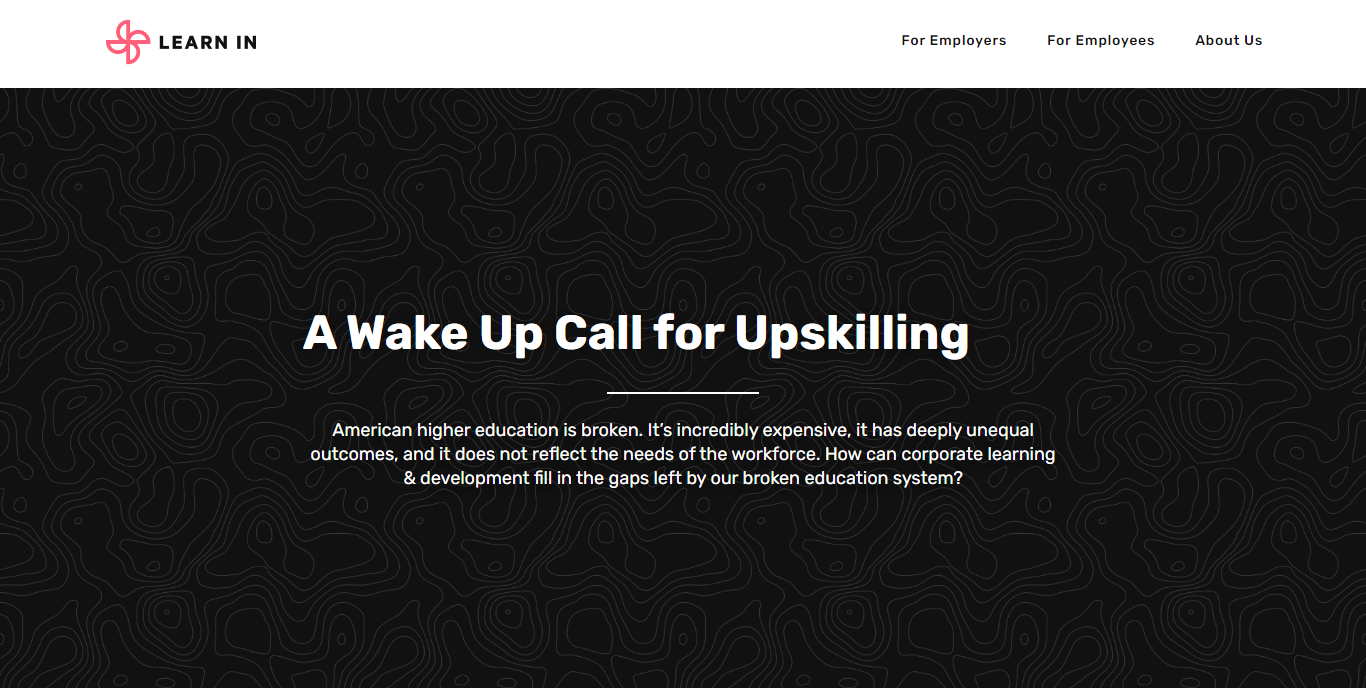How to instantly boost your startup's credibility with external proof
Research, studies, authority figures: borrowing authority for your startup
When you think of authority-building content or webpage elements, most likely you find yourself thinking about proof bars with client logos, or about testimonials and case studies.
But what if you're building a product that's disrupting an existing category or creating a new one?
If that’s the case, you might be struggling with a different problem: how to help your prospective users understand what you do — and why. You may find yourself relying on external proof points, such as studies, quotes from authority figures, or other sources of data. If you're doing this, here are some ideas on how to leverage them.
As you start mapping out your web pages and content initiatives, take into account your website visitors’ stages of awareness, or risk creating irrelevant copy (if you need a Stages of Awareness 101 refresher, here's the Copyhackers breakdown).
Examples of using external sources to build authority
Orgnostic: using external proof sources to back up benefit claims
For most early-stage startups, most of the traffic is either solution-aware or product-aware — aka referrals or outreach. Which means they are already aware of the problem, and are hoping to find out more about the ways they can make it go away (or are ready to check out your product).
Orgnostic is different from other HR analytics software products, because it goes “beyond correlations." To show what that means specifically, the team focuses on a relevant benefit that is backed up by research (overcoming "Really? I can do *that*?" with "Because science"):



"Keep Your Top-Performers At Their Peak," "control for up to 80% of team performance outcome variance," and "track your IRR trends ... a higher intensity of cultural value and norms expression predicts up to 18% growth in EBITDA and 6% growth in sales over a year"
Also notice how the Orgnostic team is leveraging their experience to increase their product authority with this proof bar variation: "We nested our platform on top of 30 years of research about organizational culture, team effectiveness, and leadership on over 10,000 studied companies"
How external proof sources are helping Orgnostic make a point
In this case, it's about helping solution-aware website visitors (looking for a human capital analytics platform) move to the product-aware stage and sign up for a demo. Here's how it works:
Studies show that specific factors affect EBITDA, team performance, and likelihood of burnout
Our platform can help you track these factors and take action
As a result, you can get the outcomes you need as a CEO of a growing company / an enterprise team lead / an investor
Sign up for a demo to see how this works
External proof sources in blog posts
How Learn In agitates the problem they're solving with relevant stats
To attract attention of problem-aware audiences, you can use blog posts that answer the questions your audience is likely to be asking themselves at this point.
Alternatively, you may decide to join the conversation as they are researching solutions to their problem — and introduce your product.
Learn In is building an upskilling-as-a-service platform. In some of its blog posts, the team is leveraging statistics and data on educational outcomes to show the extent of the problem, and uses data on learning and development budgets to show a new way to spend them more wisely on upskilling.
Here are 2 examples of how Learn In does it:


“The Unfulfilled Promise of Higher Ed“ and “A Wake Up Call for Upskilling”
Let's break them down. You'll see that the argument is fundamentally the same and follows the PAS formula, but is presented from slightly different angles.
Positioning your product against (inferior) solutions: A Wake Up Call for Upskilling
Problem: higher ed is broken and doesn't serve the needs of employers — and students
Agitation: existing alternatives are not bridging the gap
Solution: use L&D budgets for true upskilling to solve several existing problems affecting the workforce, employers, and higher ed institutions
Showing how your product can help solve a previously unsolvable problem: The Unfulfilled Promise of Higher Ed
Problem: inequities in higher ed
Agitation: all the ways higher ed is broken
Solution: true, L&D can't solve it, but it can help create a different pathway through learning on the job
How Learn In is leveraging external proof on social to drive interested prospects to their website
Learn In is also relying on social media and PR to generate awareness and drive traffic. Notice how they use a quote from an authority figure to generate credibility and show why their solution is relevant today:
Relying on authority figures to create a category — and explain it to your prospects
But what if you're building something completely new?
Most likely, there's a reason why you're developing a product like that, and plenty of industry conversations surrounding this topic. If that’s the case, you can "borrow" the credibility of authority figures in your industry.
Hypothetical example: referring to this article to explain the why behind Learn In.
Orgnostic has a "What we stand for" post and posts for problem-aware website visitors as well.
In this case, it's important to connect the dots between the quote or an article that you're referring to in a way that's appropriate for the stage of awareness of your website or blog visitors and for their business challenges, or they'll never make it past the hero section.
I help B2B SaaS startup founders and marketers get more traction with research-driven conversion copy — without slowing down their growth initiatives.
Hire me for:
Customer research to ramp up your growth
Website audit to find & fix conversion blockers
Day rates to optimize your landing pages, web copy, or email sequences for more clicks and signups



